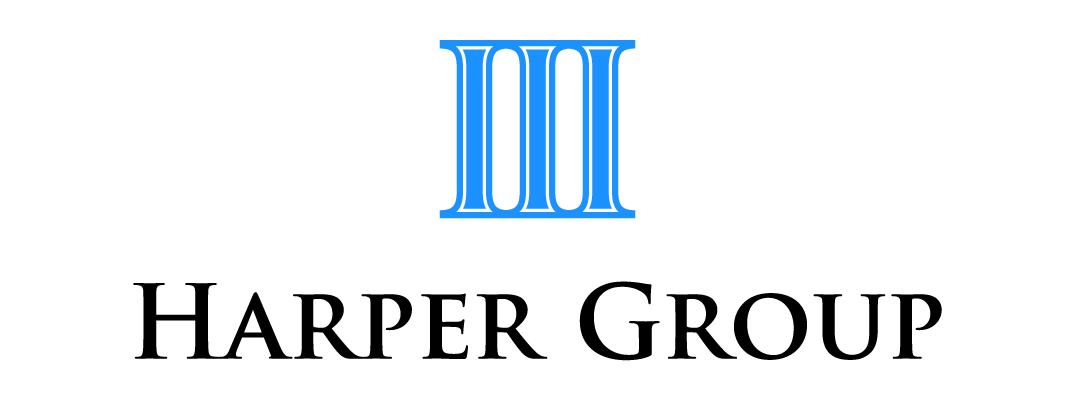New work from home deduction rules
The ATO has issued new draft guidelines around a new method (the revised fixed rate method) of calculating work-from-home running expenses from 1 July 2022 (as an alternative to calculating the actual work-related portion of all running expenses).
The new revised fixed rate method will replace both:
· the 52 cents fixed-rate method set out in paragraph 5 of Practice Statement PS LA 2001/6 (for electricity and gas expenses, home office cleaning expenses and the decline in value of furniture and furnishings), and
· the short-cut (COVID-19) 80 cents method (for all additional running expenses).
You are eligible to use the revised fixed-rate method from 1 July 2022 if you:
· work from home to fulfil your employment duties or to run your business (a separate home office or dedicated work area is not required)
· incur additional running expenses that are deductible, and
· keep and retain records of the time spent working from home and of the additional running expenses incurred.
New rate
The new rate of 67 cents (replacing the fixed rate of 52 cents in PS LA 2001/6) was “based on the Australian Bureau of Statistics (ABS) household expenditure survey with consideration of annual Consumer Price Index (CPI) weightings”. However, given that the recent Federal Budget forecast a 50% increase in electricity bills alone over the next two years, the adequacy of the new 67 cent rate is open to question.
Furthermore, in arriving at the new rate, there was no explanation or reconciliation to the 80 cents per hour rate in place under the COVID-19 shortcut method. The new 67 cent rate represents a 16.25% reduction on that COVID rate.
Further undermining the adequacy of the new 67 cent rate is that it is inclusive of certain expenses that were not included under the former 52 cent rate. As noted in footnote 3 of PCG 2022/D4, the fixed-rate method in PS LA 2001/6:
... allowed 52c per hour for each hour a taxpayer worked from their home office to calculate their electricity and gas expenses, home office cleaning expenses and the decline in value of furniture and furnishings. In addition, a separate deduction for the taxpayer’s work-related internet expenses, mobile and home telephone expenses, stationery and computer consumables and the decline in value of a computer, laptop or similar device could be claimed.
However, PCG 2022/D4 at paragraph 23 proposes that the revised 67 cent fixed rate under the new rules is inclusive of:
· internet expenses
· mobile and/or home telephone expenses, and
· stationery and computer consumables.
The inclusion of these expenses within the revised fixed rate, when coupled with the current high inflation environment, means that there is a high likelihood that taxpayers may be worse off when moving from 52 cents to 67 cents.
Record keeping
From 1 January 2023, this will become more onerous under the new revised fixed rate method.
Under that method, you will need the keep a record of the actual hours worked from home (e.g. timesheets, rosters or a diary kept contemporaneously). This is more onerous than the 52 cent method where you only needed to keep a record to show how many hours you worked from home. You could do this over the course of the year, or if your work from home hours are regular and constant, by keeping a record for a representative four-week period.
The ATO under the new revised fixed rate method also requires evidence in relation to each of the running expenses listed above. For energy, mobile and/or home telephone and internet expenses, one bill per item needs to be retained. If the bill is not in your name, additional evidence is needed to prove that you incurred the expenditure. For stationery and computer consumables, one receipt needs to be kept for an item purchased.
Summary
All told, under the new method, the amount that can be claimed will potentially be lower, while the compliance obligations are higher – the taxpayer not only needs to keep a record of times spent working from home, but also there is a need to keep an invoice/receipt for each of the additional costs, such as an electricity bill. This is a new requirement which never formerly existed under either of the replaced fixed rate methods.
While the new draft guidance offers a transitional arrangement until December 2022, individuals currently availing themselves of the 52 cent fixed rate method will need to consider whether they can meet the additional administrative burden from 1 January 2023, or whether the “actual expenses” method is a more achievable alternative.
If you are uncertain which method is best for you, contact us directly to discuss your circumstances.
Harper Group Pty Ltd – Chartered Accountants Frankston - Ph 9770 1547
Disclaimer: All information provided in this article is of a general nature only and is not personal financial or investment advice. Also, changes in legislation may occur frequently. We recommend that our formal advice be obtained before acting on the basis of this information.
Please note we at Harper Group Pty Ltd are not licensed to provide financial product advice under the Corporations Act 2001 (Cth) and taxation is only one of the matters that must be considered when making a decision on a financial product, including on whether to make superannuation contributions. You should consider taking advice from the holder of an Australian financial services licence before making a decision on a financial product.
